7 Stocks That Let You Sleep Tight
If you’re worried about a market meltdown, curl up with huge companies that generate steady profits.

Despite double-digit returns since the stock market bottomed last fall, investors remain skeptical. Many have stayed on the sidelines, unconvinced that the market offers either a fair shake or fundamental value. Others are put off by recent, massive market swings in a matter of hours or even minutes, with seemingly little rhyme or reason behind the volatility. Since October, investors have pulled nearly $80 billion out of U.S. stock funds, while bond fund coffers continue to swell.
Other investors have become doubters precisely because the market is up so far so fast. They fear that a pullback is on the way. “We’ve received calls from clients questioning the recent upswing’s sustainability,” says Cory Haith, an investment adviser at Syverson Strege & Co., in Des Moines. “There is certainly concern over volatility.” (See Kiplinger's Stock Market Update.)
Wouldn’t it be nice to tuck some sleep-tight stocks into your portfolio? Stocks that deliver consistent returns over the long haul without all the drama? It turns out that a strategy of investing in low-volatility stocks will not only let you sleep better at night, it’ll beat the market over time.
From just $107.88 $24.99 for Kiplinger Personal Finance
Become a smarter, better informed investor. Subscribe from just $107.88 $24.99, plus get up to 4 Special Issues

Sign up for Kiplinger’s Free Newsletters
Profit and prosper with the best of expert advice on investing, taxes, retirement, personal finance and more - straight to your e-mail.
Profit and prosper with the best of expert advice - straight to your e-mail.
That surprising conclusion, gleaned from recent research in academia and finance, turns an investing truism on its head: Taking on greater risk does not yield greater returns. In fact, it’s the other way around. A paper coauthored by Brendan Bradley, director of managed volatility strategies at Boston’s Acadian Asset Management, and business professors at Harvard and New York universities, calls the winning record of low-volatility stocks “the greatest anomaly in finance.”
Going back to 1968, says Bradley, a basket of the least-volatile stocks delivered annualized returns of 11.4% through 2011, compared with 9.5% for Standard & Poor’s 500-stock index. Looking at monthly figures, the maximum peak-to-trough loss for the S&P 500 was 51%. But the maximum decline for low-volatility stocks was 32%. Because of the way the math works, large losses cost investors more than big gains can make up.
Investor psychology shows the benefits of a low-volatility strategy, too. Higher-risk, volatile stocks “are generally considered sexy,” says Harin de Silva, a portfolio manager with Analytic Investors, in Los Angeles. Imagining lottery-like winnings, investors tend to overpay for such stocks, he says.
The drawback to a low-volatility strategy is that it will lag in bull markets. Investors should commit to their low-volatility holdings at least through a complete bull- and bear-market cycle. Volatility in relation to the overall market is easy to gauge by looking at a stock’s beta -- which you can find on investing sites such as Google Finance. The market, typically represented by the S&P 500, has a beta of 1; a beta of 0.50 indicates volatility that’s half that of the market. (Beta is not a perfect indicator of volatility; for example, gold-mining stocks usually have low betas but are highly volatile.)
Low volatility should never be the sole criterion for picking a stock. For our list of sleep-tight stocks, we looked beyond subdued price swings to find companies with generous and growing dividends, pristine credit ratings, loads of cash and little debt. Because they are industry leaders, you’ll no doubt find their products and services familiar.
Prodigious Processor
There are four -- just four -- companies with a perfect, AAA credit rating from Standard & Poor’s. Automatic Data Processing (symbol ADP) is one of them. (Two others, ExxonMobil and Johnson & Johnson, are featured below; the fourth is Microsoft.) That fact alone should help ADP investors rest easy. ADP’s dividend payments should give them some sweet dreams, too. The company has raised its payout every year for 36 years, and the annual dividend has grown from $1.16 per share in 2008 to $1.58 this year. ADP has also repurchased more than 100 million shares over the past five years.
The company is a bet on an improving economy and a rosier employment picture. Based in Roseland, N.J., ADP is the world’s largest provider of outsourced payroll services, with more than 570,000 clients. The payroll giant also provides comprehensive personnel services to smaller firms, and it supplies accounting, leasing, inventory and parts-ordering services for auto dealers. A recent acquisition gives ADP entree into the huge medical-billing business. ADP’s clients stick around for longer than ten years, on average, says Morningstar.
A recessionary relapse would be bad news for ADP. And for now, the company is earning minimal interest on the funds it holds for clients -- a challenge that’s not going away soon. But U.S. vehicle sales are strengthening, and employment numbers in the U.S. are trending up. Untapped markets among small and midsize businesses, as well as overseas, provide plenty of running room for ADP.
Global Thirst Quencher
You can order a Coke almost anywhere. In fact, Coca-Cola Co. (KO) delivers its soft drinks, which also include Sprite, Fanta, Tab and Fresca, to thirsty consumers in some 200 countries. Other brands include Minute Maid orange juice, Powerade energy drink and Dasani bottled water.
The Atlanta-based company is investing billions of dollars in overseas markets (which account for 70% of sales), especially in countries such as China, Russia and Brazil. Emerging markets represent a bright future. It’s estimated that someone in China consumes 34 servings of Coca-Cola products per year, according to analysts at Morningstar. That’s up from just eight in 1998, but it’s a far cry from the 394 servings per capita that Americans quaff every year.
Coke battled higher commodity prices last year but recently announced a plan to shave annual costs by $550 million to $650 million by the end of 2015. Analyst Caroline Levy, at Credit Agricole Securities, expects Coke to reduce manufacturing costs in the U.S. by closing older plants, upgrading others and building at least one new state-of-the-art facility in North America. Over the long term, she thinks Coke can generate double-digit annual earnings growth. The stock, at 18 times estimated earnings, isn’t cheap. But the bulls say it deserves to trade between 18 and 19 times earnings.
Energy Behemoth
ExxonMobil (XOM) may have ceded its claim as the world’s most valuable company to Apple (AAPL), but the energy giant has something Apple doesn’t: a corporate history spanning more than a century and a reputation for safety befitting a stock with a market value of $400 billion. “Within energy, Exxon is the most defensive stock,” says Raymond James analyst Pavel Molchanov. “If someone thought oil prices were going to $50 a barrel, Exxon would be the out-performer.”
Oil prices aren’t going to $50 -- Molchanov sees the price of Brent crude averaging $90 per barrel next year -- but Exxon faces other challenges. The Irving, Tex., company has cut back its refining business, for example, as demand for oil in developed countries shrinks. Another hurdle is a huge stake in North American natural gas production at a time when a glut has pushed gas prices to ten-year lows. And opportunities for energy production growth overall are limited -- especially considering how big a project it takes to move the needle at Exxon.
But the company’s functional and geographical diversity, along with deep pockets and extensive expertise, give it unparalleled muscle to compete globally, be it in Canada or Qatar, West Texas or West Africa. Analysts at International Strategy & Investment call the company’s balance sheet a “fortress,” strengthened with $13 billion in cash. Exxon has a long policy of returning cash to investors via share buybacks and dividends, and analysts speculate that Exxon is poised to boost the dividend significantly.
Health Giant on the Mend
A slew of recent product recalls at Johnson & Johnson (JNJ) has given investors headaches lately. But it’s probably nothing that a couple of Tylenol tablets and a dividend check can’t cure. Recalls have involved everything from a hip-replacement system to well-known over-the-counter products such as Tylenol, Motrin and Benadryl.
J&J has also suffered legal setbacks in cases involving the marketing of Risperdal, an antipsychotic drug. The Risperdal rulings are disappointing but not uncommon for major drug firms, says S&P analyst Herman Saftlas.
And both the medical-devices unit and the consumer segment are well on the road to recovery, says Cowen and Co. analyst Ian Sanderson. J&J is expected to relaunch most of the affected over-the-counter lines this year.
The prognosis for the company’s pharmaceuticals franchise is good, with promising drugs coming to treat cancer, schizophrenia and hepatitis C. Sanderson sees J&J’s sales and earnings growth reaccelerating in 2013. He believes its shares can beat the market over the next 12 months.
J&J’s financial condition is the picture of health, with $32 billion of cash in the till and easy access to debt (it has a AAA credit rating, remember) to pursue opportunistic acquisitions, buy back shares or raise the dividend. The New Brunswick, N.J., company has raised its payout every year for the past 45 years.
Golden Arches All Over
There’s no denying that restaurants suffer when times are tight: Diners stay home and the cost of food rises. But if anyone can stand the heat in the kitchen, it’s McDonald’s (MCD). The Oak Brook, Ill., company benefits as frugal consumers trade down, of course. But McDonald’s continues to gain market share in the developed world, even though restaurant demand is muted, and is also benefiting from the proliferation of golden arches in emerging markets. All told, there are more than 33,500 McDonald’s locations in 119 countries.
Nobody does fast food better. The world’s largest chain in terms of sales, McDonald’s enjoys big economies of scale and wields significant bargaining clout with suppliers. According to Morningstar, McDonald’s restaurants, on average, generate about $2.7 million per year in sales, easily trumping the fast-food industry average of just over $1 million per location. New menu items, including specialty coffees and fruit smoothies, have been hits. CEO Jim Skinner is stepping down, but his successor, current president and chief operating officer Don Thompson, has been the heir apparent for a while, and the transition should be seamless, says Morningstar.
Since 2007, McDonald’s has returned more than $27 billion to shareholders via share buybacks and dividends, funded by strong profits and refranchising activity (the latter involves selling corporate-owned stores to franchisees). The stock has served up tasty gains over the past ten years, returning 14.7% annualized, an average of nearly 10 percentage points per year ahead of the S&P 500.
Tobacco’s Global Reach
If you’re looking for Marlboro country, you’ll find it in Asia. And if your portfolio is free of no-smoking restrictions, you’ll find an attractive stock in Philip Morris International (PM). Headquartered in New York, PMI was spun off from Altria (MO) in 2008 to separate the tobacco giant’s domestic holdings -- and the litigation and regulatory risks that cloud it -- from the company’s international businesses. Wells Fargo Securities analyst Bonnie Herzog says Philip Morris “should be a core holding in an investor’s portfolio for the next three to five years.”
Consider this telling prediction, from Morningstar: By 2020, there will be 1.4 billion smokers globally, up from 1.3 billion today, even if the percentage of the population that smokes declines 1% annually. By 2020, PMI’s profits in Asia could double, to $10 billion, says Herzog. Profits in Indonesia alone could quadruple, to more than $5 billion, she adds.
Not counting China and the U.S., Marlboro’s market share rose to 9% last year. Parliament, a luxury brand with a high profit margin, saw sales volume increase 12%. Midprice L&M has been gaining market share in the European Union since 2009 and is the second-largest brand there.
Unfortunately for smokers, cigarette price hikes are a frequent fact of life. But that pricing power helps PMI offset pockets of declining sales in Europe. And it contributes to the large profits that fund an aggressive stock-repurchase program and regular dividend increases, including a 20% boost last year.
King of Suds
You’ll find the products of many sleep-tight companies in your pantry or laundry room. Take those of Procter & Gamble (PG), the consumer-products giant with more brands generating at least $1 billion in annual sales -- including Tide, Duracell and Charmin -- than any other household-goods maker.
And yet P&G has not been immune to the consumer belt-tightening caused by economic malaise in the U.S. and in Europe. So it has responded with some belt-tightening of its own. The Cincinnati company recently announced a $10 billion, five-year cost-savings program aimed at plumping profit margins. Savings targets include $3 billion in corporate overhead and $1 billion in marketing costs. Additional savings could come from more-efficient product design and formulating -- more-concentrated laundry detergent, for instance -- which would cut the cost of raw materials and packaging, as well as transportation and warehouse expenses. If the plan works, P&G will have more flexibility to finance strategic investments and to expand into new product categories and new markets -- a big focus is on the emerging middle class in developing markets.
Analyst Connie Maneaty, of BMO Capital Markets, calls P&G’s $10 billion in targeted savings its “Biggest Loser” prize. But shareholders could come out the winners as earnings growth accelerates in 2013 and beyond. Meanwhile, investors are paid to wait for progress with a generous dividend on a stock that is one-third less volatile than the overall market.
ORDER NOW: Buy Kiplinger’s Mutual Funds 2012 special issue for in-depth guidance on the only investments you need.
Profit and prosper with the best of Kiplinger's advice on investing, taxes, retirement, personal finance and much more. Delivered daily. Enter your email in the box and click Sign Me Up.

Anne Kates Smith brings Wall Street to Main Street, with decades of experience covering investments and personal finance for real people trying to navigate fast-changing markets, preserve financial security or plan for the future. She oversees the magazine's investing coverage, authors Kiplinger’s biannual stock-market outlooks and writes the "Your Mind and Your Money" column, a take on behavioral finance and how investors can get out of their own way. Smith began her journalism career as a writer and columnist for USA Today. Prior to joining Kiplinger, she was a senior editor at U.S. News & World Report and a contributing columnist for TheStreet. Smith is a graduate of St. John's College in Annapolis, Md., the third-oldest college in America.
-
 Holiday Tax Scams: 'Tis the Season to be Wary
Holiday Tax Scams: 'Tis the Season to be WaryTax Scams Navigating tax tricks of the holiday season may be daunting, but don't let that destroy your festive spirit
-
 Metro by T-Mobile Is Giving Away This Samsung Galaxy A16: Which Plans Are Eligible?
Metro by T-Mobile Is Giving Away This Samsung Galaxy A16: Which Plans Are Eligible?Metro by T-Mobile is offering free Samsung Galaxy A16 phones on eligible plans right now. Here’s how the deal works.
-
 I Drive and Collect Classic Cars: Here’s How I Got Started
I Drive and Collect Classic Cars: Here’s How I Got StartedAre classic cars a hobby or an investment strategy — or both? Either way, the vintage car scene is much cooler and more affordable than you think.
-
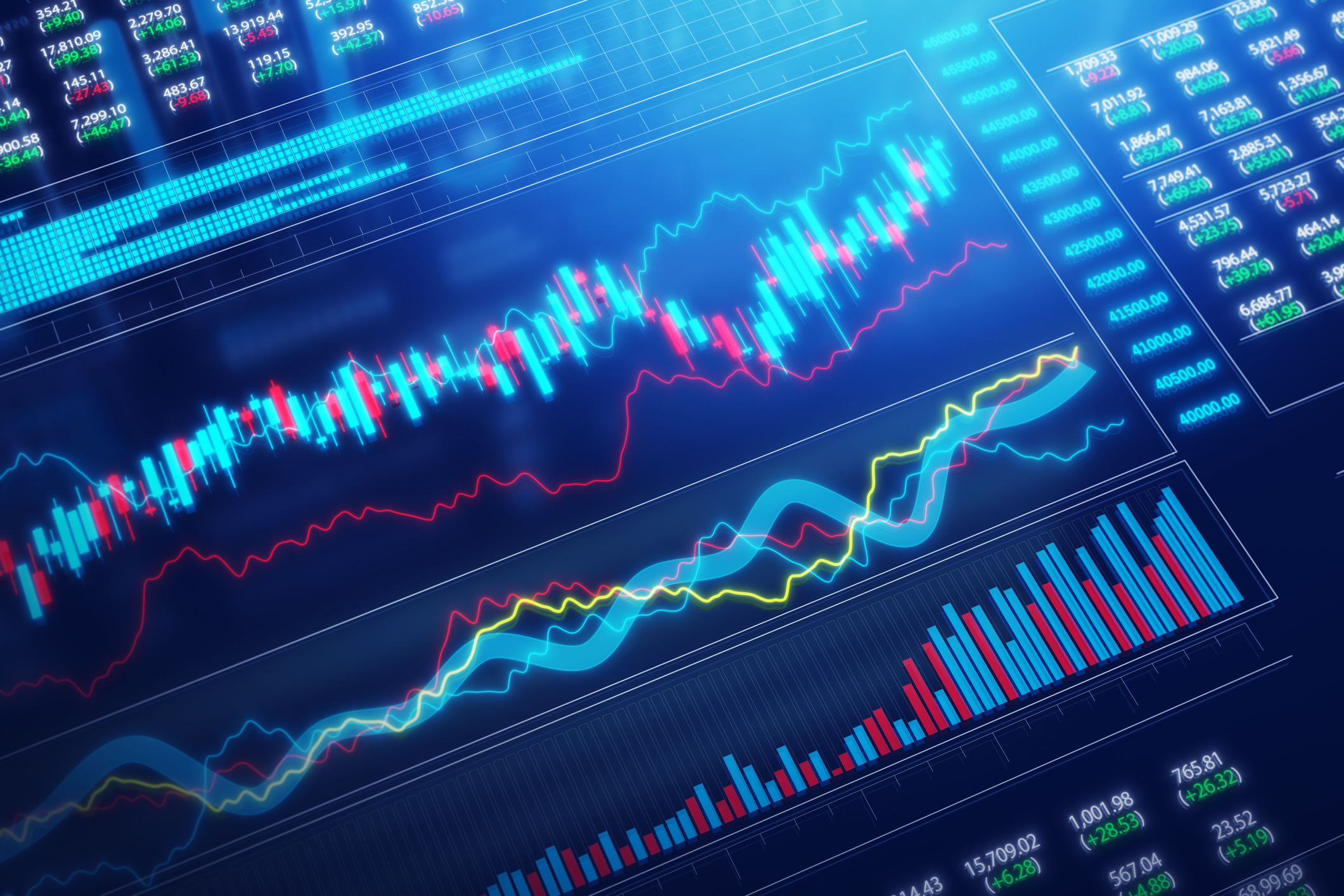 Nasdaq Leads as Tech Stages Late-Week Comeback: Stock Market Today
Nasdaq Leads as Tech Stages Late-Week Comeback: Stock Market TodayOracle stock boosted the tech sector on Friday after the company became co-owner of TikTok's U.S. operations.
-
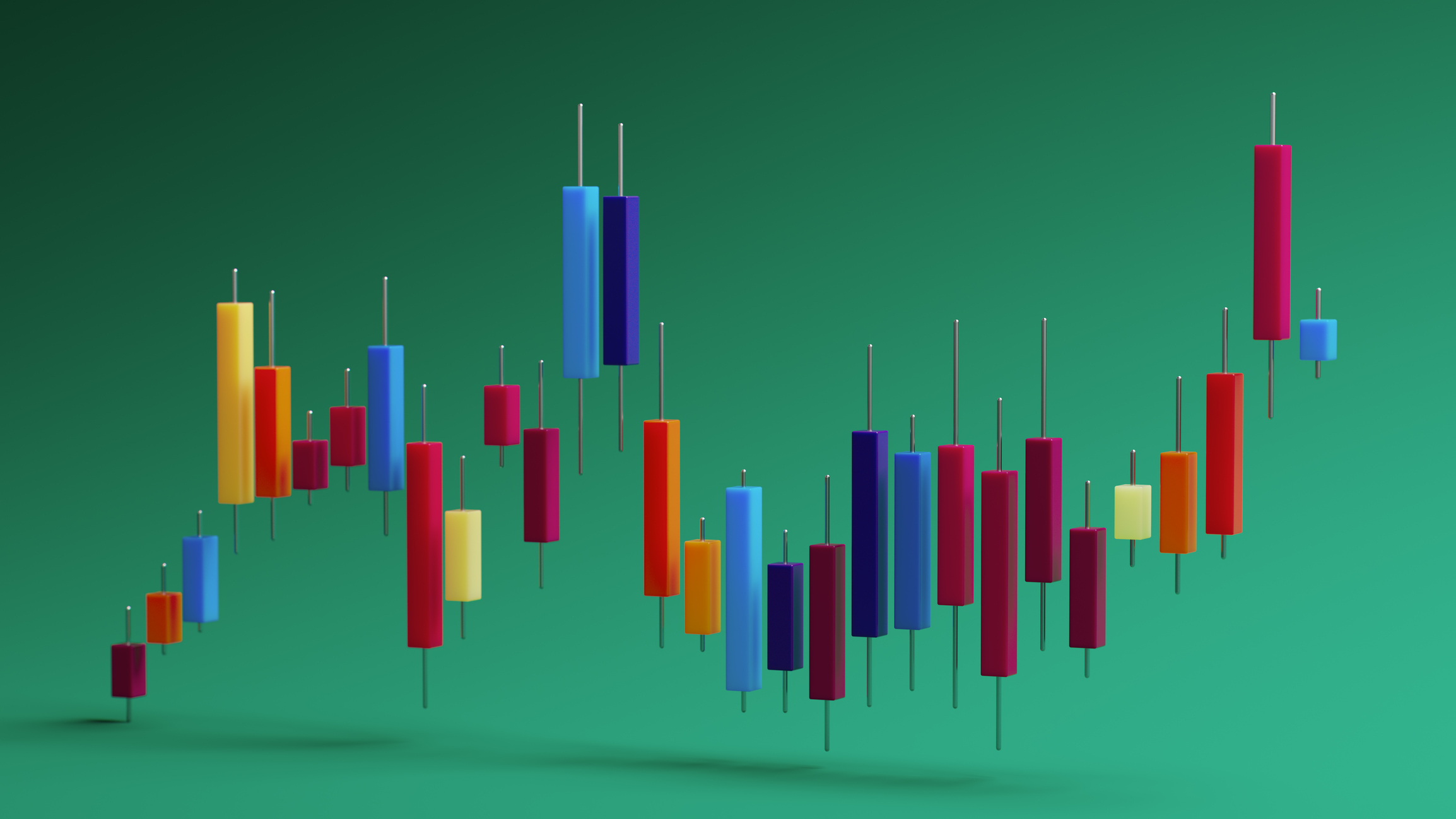 Cooler Inflation Supports a Relief Rally: Stock Market Today
Cooler Inflation Supports a Relief Rally: Stock Market TodayInvestors, traders and speculators welcome much-better-than-hoped-for core CPI data on top of optimism-renewing AI earnings.
-
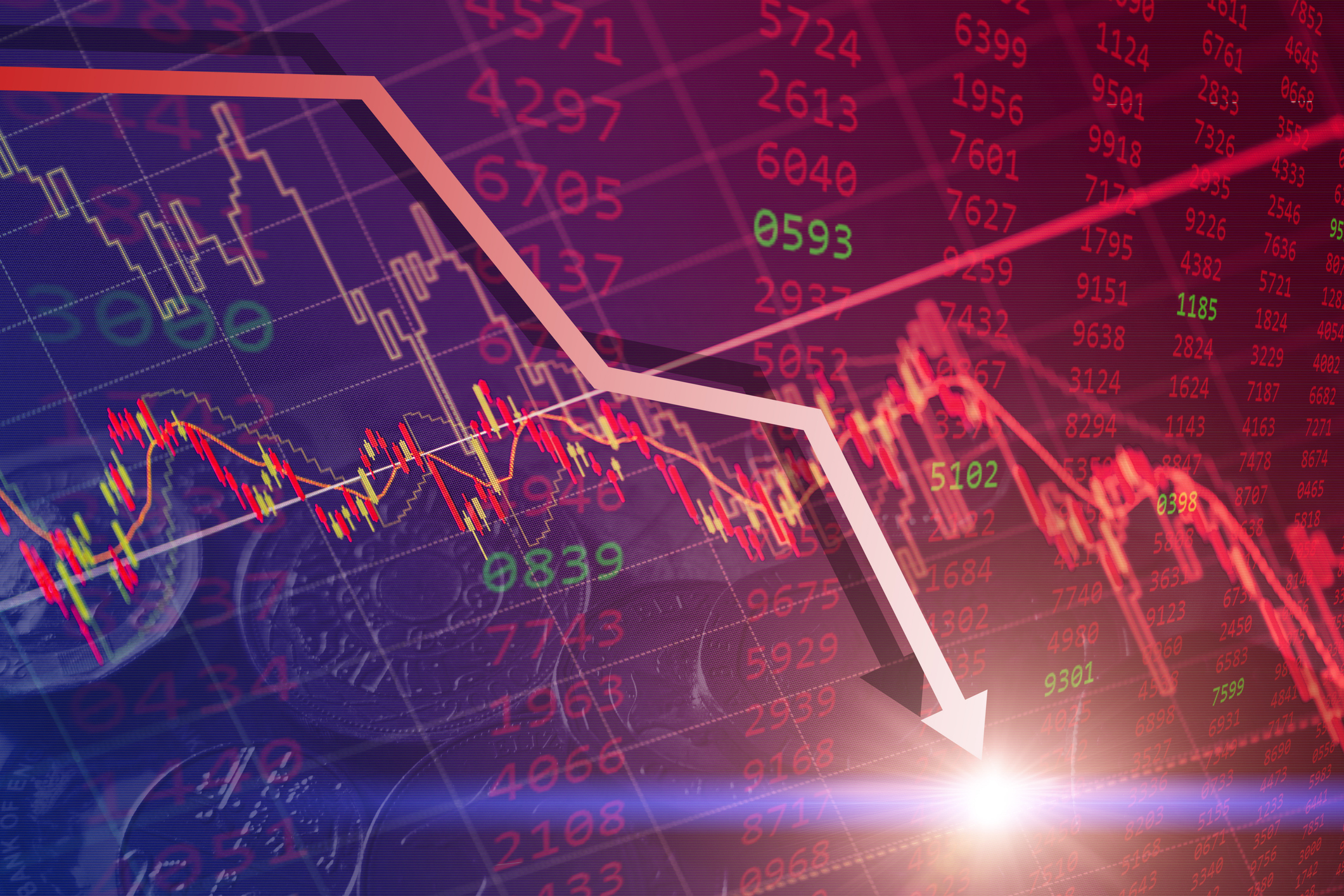 Nasdaq Sinks 418 Points as Tech Chills: Stock Market Today
Nasdaq Sinks 418 Points as Tech Chills: Stock Market TodayInvestors, traders and speculators are growing cooler to the AI revolution as winter approaches.
-
 Stocks Chop as the Unemployment Rate Jumps: Stock Market Today
Stocks Chop as the Unemployment Rate Jumps: Stock Market TodayNovember job growth was stronger than expected, but sharp losses in October and a rising unemployment rate are worrying market participants.
-
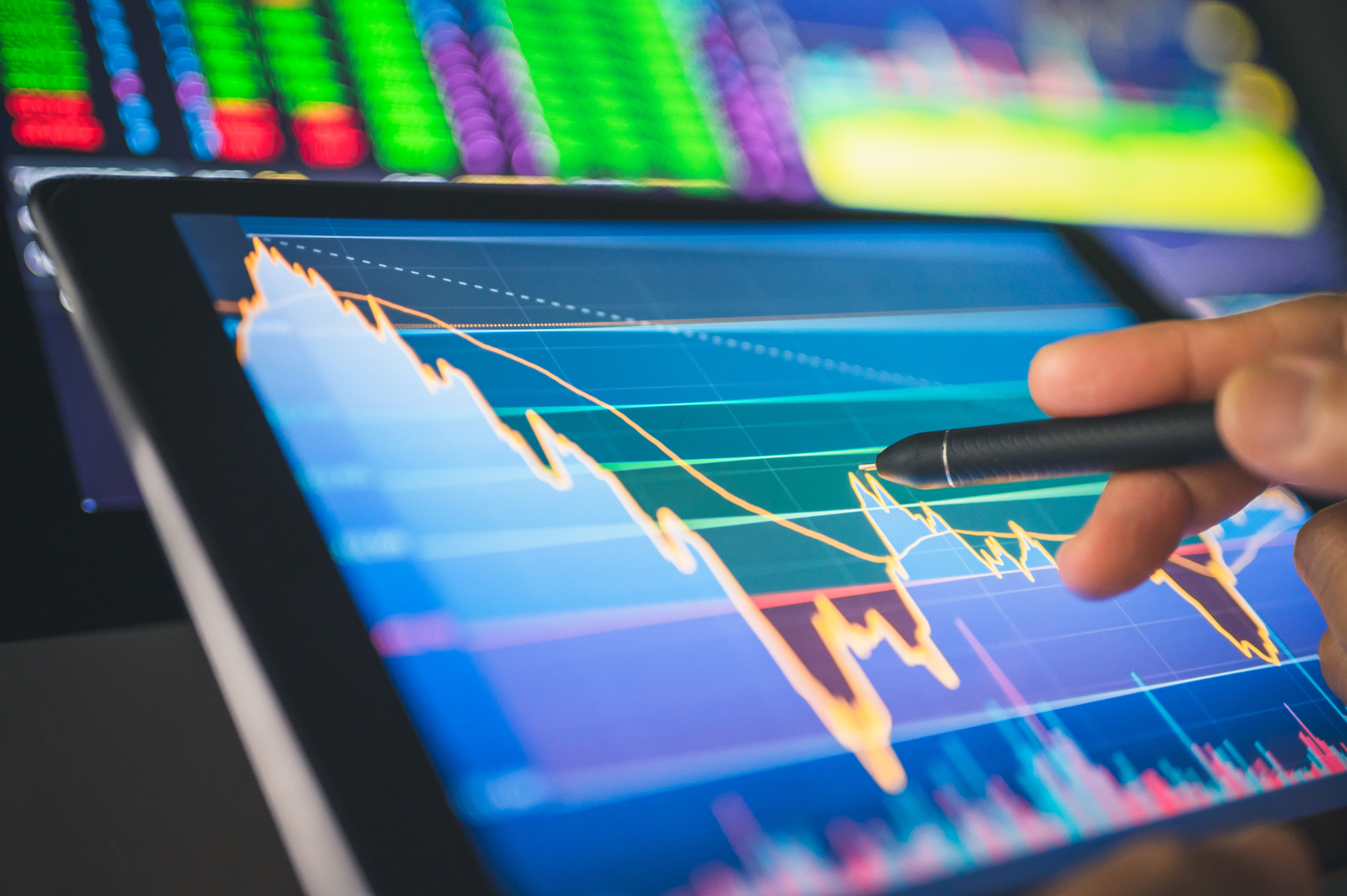 Stocks Struggle Ahead of November Jobs Report: Stock Market Today
Stocks Struggle Ahead of November Jobs Report: Stock Market TodayOracle and Broadcom continued to fall, while market participants looked ahead to Tuesday's jobs report.
-
 AI Stocks Lead Nasdaq's 398-Point Nosedive: Stock Market Today
AI Stocks Lead Nasdaq's 398-Point Nosedive: Stock Market TodayThe major stock market indexes do not yet reflect the bullish tendencies of sector rotation and broadening participation.
-
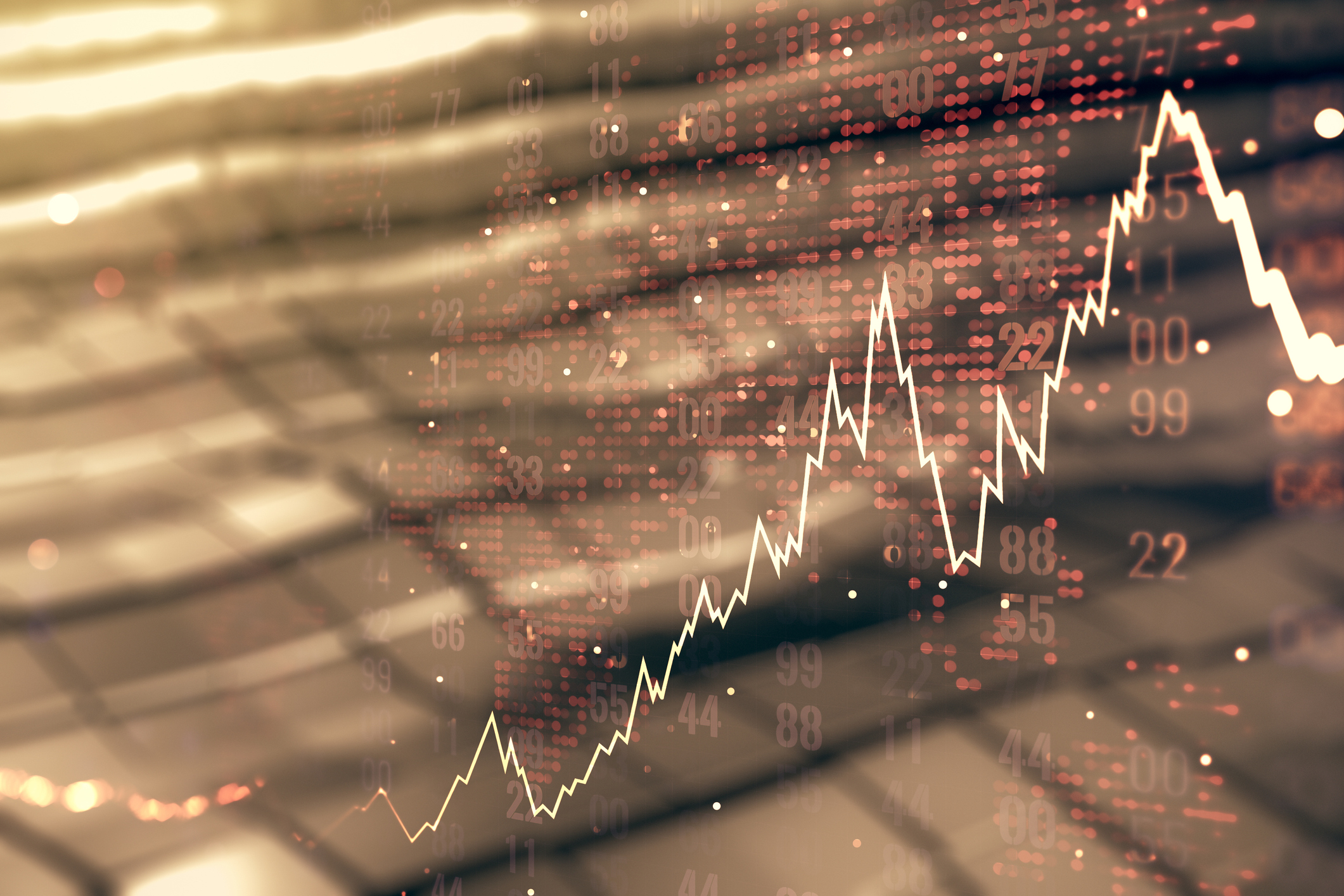 Dow Adds 646 Points, Hits New Highs: Stock Market Today
Dow Adds 646 Points, Hits New Highs: Stock Market TodayIt was "boom" for the Dow but "bust" for the Nasdaq following a December Fed meeting that was less hawkish than expected.
-
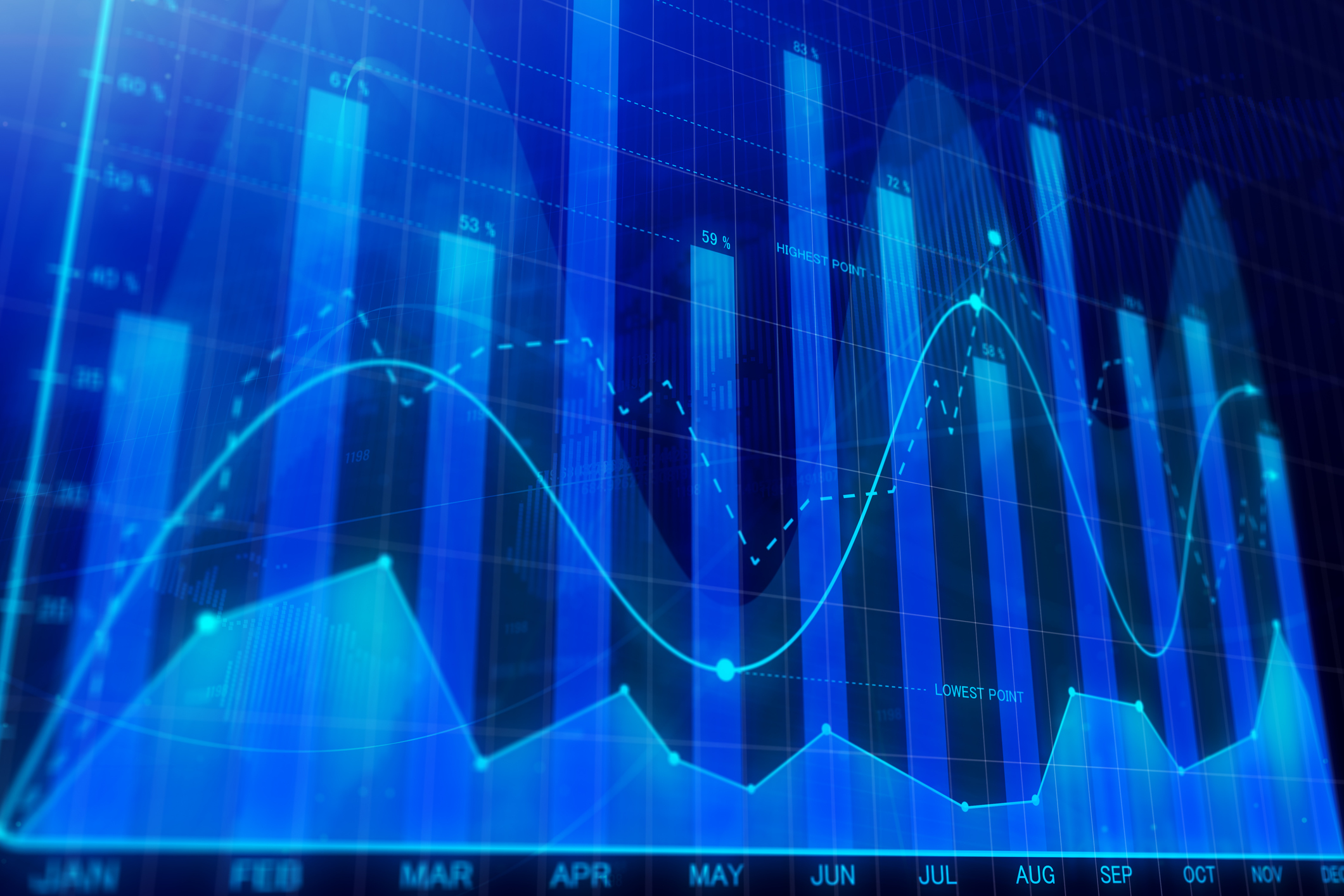 Dow Rises 497 Points on December Rate Cut: Stock Market Today
Dow Rises 497 Points on December Rate Cut: Stock Market TodayThe basic questions for market participants and policymakers remain the same after a widely expected Fed rate cut.